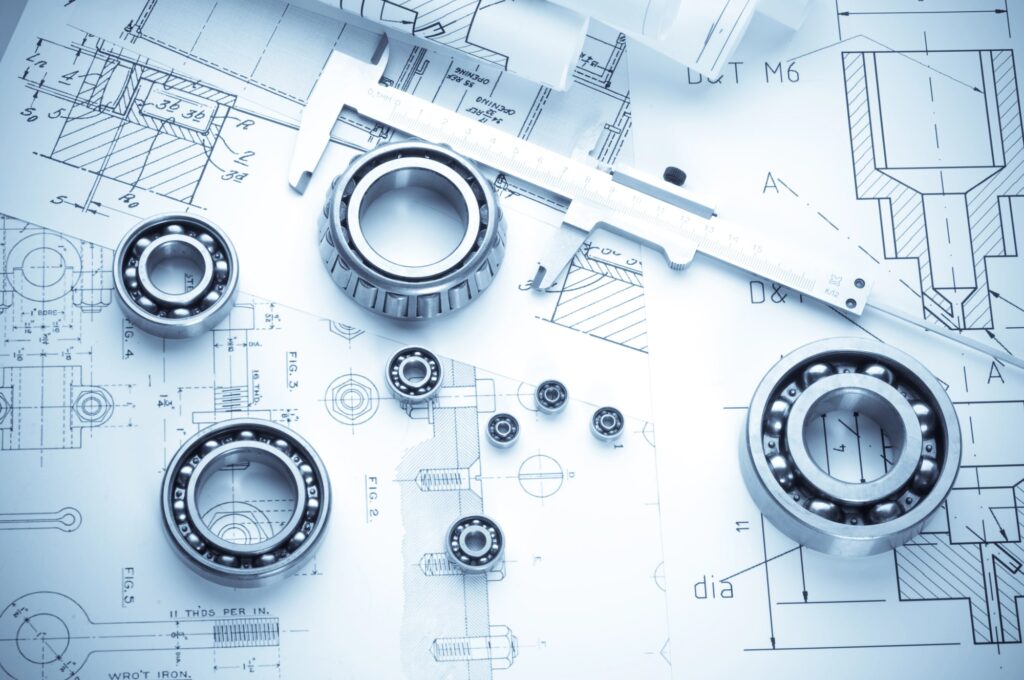This post examines how New Orleans architect John Klingman has lived comfortably for more than three decades without air conditioning. He relies on traditional design strategies such as ceiling fans, shutters, and thoughtful ventilation.
We’ll explore how these passive cooling techniques work in a hot, humid climate. We’ll also look at why they matter for sustainability and resilience, and what architects and homeowners can learn from Klingman’s example.
Why a 30-Year AC-Free Lifestyle Matters
In a city where air conditioning is often treated as essential, Klingman’s approach challenges conventional ideas about comfort in the Deep South. His experience shows that careful design and building management can reduce dependence on energy-intensive systems while preserving livability.
The benefits are practical: lower energy bills, reduced environmental impact, and greater resilience during power outages and extreme weather. For architects and engineers, Klingman’s home is a case study in how traditional strategies can be adapted for modern needs.
Book Your Dream Vacation Today
Flights | Hotels | Vacation Rentals | Rental Cars | Experiences
Core Passive Cooling Strategies Klingman Uses
Klingman’s approach is based on simple fundamentals that predate modern HVAC. When combined, these measures create a comfortable indoor environment without mechanical cooling.
How These Strategies Translate to Design Practice
Klingman’s choices show that the best solutions often blend old and new ideas. Integrating passive cooling into projects can reduce HVAC needs, lower costs, and improve indoor air quality.
Designers should treat ventilation paths and sun control as essential parts of the design. Simple steps—orienting living spaces to breezes, adding shutters or louvered doors, and specifying efficient ceiling fans—can make a big difference in hot, humid climates like New Orleans.
Practical Recommendations for Architects and Homeowners
Below are actionable steps drawn from Klingman’s example. These can be applied on renovation and new-build projects.
Klingman’s home is also a model of resilience. In coastal and hurricane-prone areas, systems that do not rely on the grid—like manual shutters and open ventilation strategies—help maintain habitability during outages.
This supports combining passive design with targeted mechanical backup rather than relying only on air conditioning.
Here is the source article for this story: Architect keeps cool without AC
Book Your Dream Vacation Today
Flights | Hotels | Vacation Rentals | Rental Cars | Experiences

